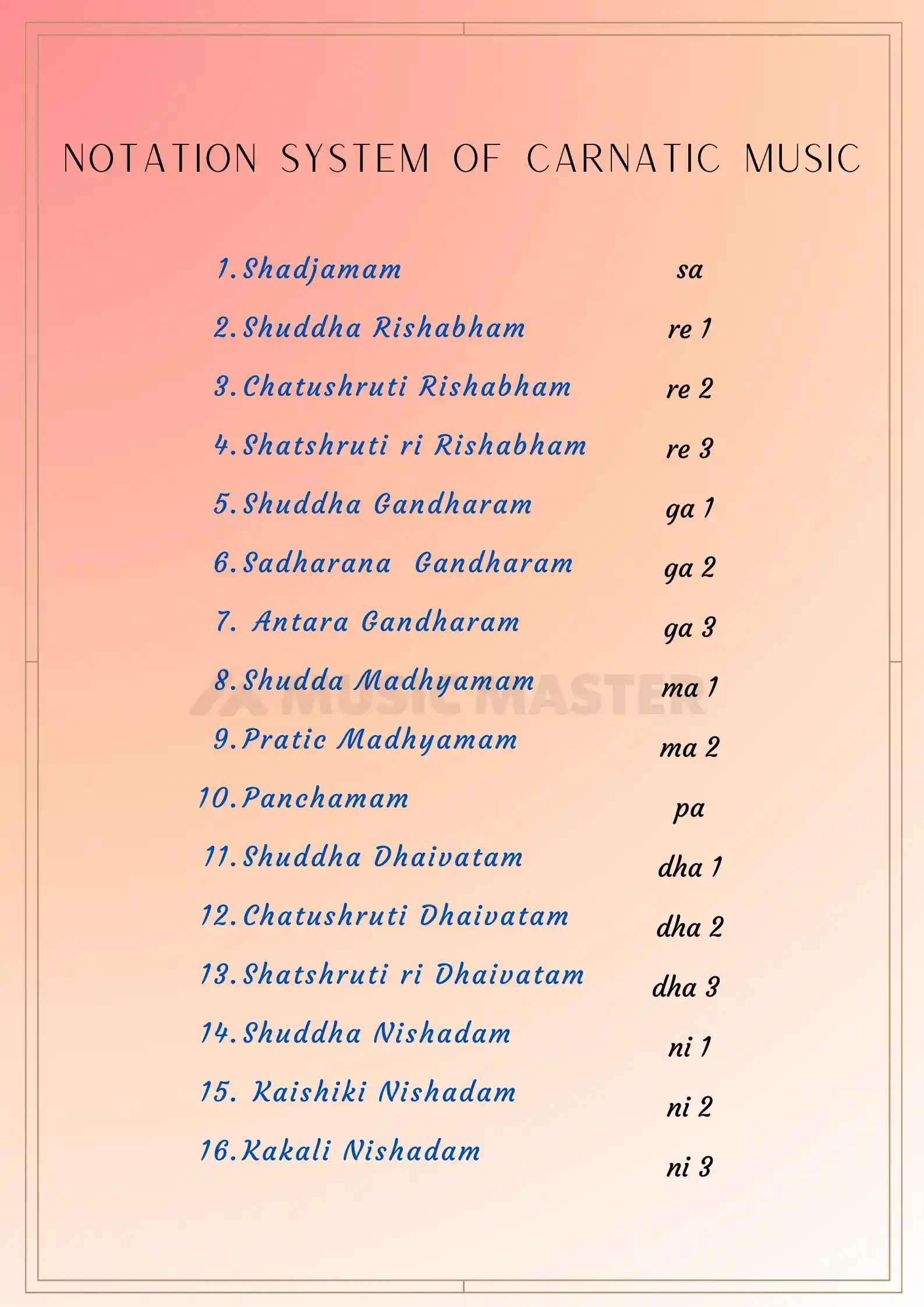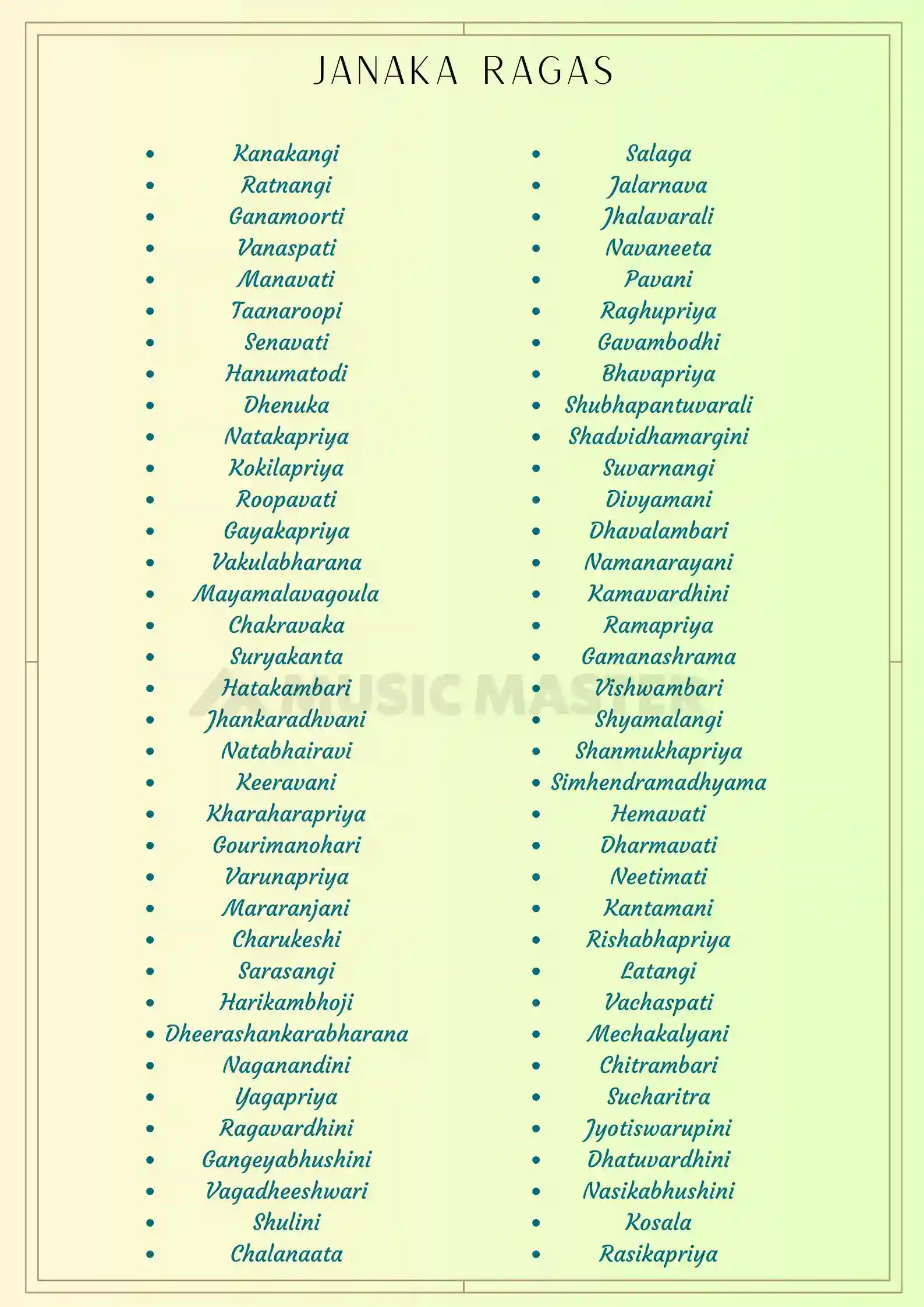Everyone who wants to learn Indian Classical Music, at once, has this question: What are the Key distinctions in Carnatic and Hindustani music.
Some other questions also pop into our minds:
Carnatic vs Hindustani Music for Beginners? , Carnatic Vs Hindustani Music Main Differences, Melodic Differences in Carnatic and Hindustani traditions, Carnatic vs Hindustani music.
You need to keep in mind that both Carnatic and Hindustani Music have rich qualities, features and culture. Both types of music originate in India. As we all know India has a very posh Artistic Heritage.
You can choose to learn one of them or both like I did, but this comprehensive text can answer all of your questions about Hindustani vs Carnatic music.
The creation of Indian Classical Music
Marg Sangeet and Pathya Sangeet are the terms that describes Indian Classical Music. Just before Carnatic and Hindustani Classical Music came into play, these two words were in use to describe Indian Classical Music.
So Marg Sangeet is the kind of music people sing to reach Moksha and they believe this to be a creation of Lord Brahma. Wherein Pathya Sangeet is not for spiritual reasons but for teaching, more for imparting wisdom.

Did You Know?
Both Carnatic and Hindustani Classical Music adapts the texts of Sangeeta Ratnakara- a literature by Sarangdeva written in the 13th Century.
Only around the 15th century Indian Classical Music’s splitting of Carnatic and Hindustani Classical Music became recognizable. You can find the features of Indian Classical Music in the scriptures of Rig Veda and Natyashashtra.
Hindustani: Shashtriya Sangeet
Mostly found in the Northern Part of India, Pakistan and Bangladesh. This Style of music became prominent in the Courts of Delhi sultans and came to its peak during the reign of Akbar. Its origins date back to the 12th century. It also has another name – Shashtriya Sangeet. Its principles are in Natya Shastra by Bharata and in the scriptures of Dattilam.
We can find the influences of Arab and Persian Music in Hindustani Classical Music. This was the reason for me to pursue Hindustani Classical Music. It has so many interesting concepts.
Carnatic: Karnataga Sangeetham
One of highlights of Carnatic music that I enjoyed learning would be its path around Raag, Tala and Bhava. They are its most beautiful and key feature.
Raag revolves around the melodic renditions with interesting ornaments while Tala concentrates on the rhythmic sequence controlled by mathematical accuracy. Bhava is the emotional expression that uplifts the entire rendition.
Carnatic music had its wings spread from the southern part of India and goes back to ancient times.
Let us look at the Key distinctions in Carnatic and Hindustani music.
The inception of Carnatic and Hindustani:
Carnatic music features compared to Hindustani, according to me, are not very characteristic. But it also has a very unique cultural structure. I have been in awe of both kinds of styles while learning them.
Starting with its origins, Carnatic Music typically formed in the city of Andhra Pradesh- Southern part of India and reflects the traditions and features of Hinduism.
We can see the references and thousands of hymns devoted to Gods in the Vedas. Through that Carnatic is believed to have originated from the divine.
Hindustani is said to be branching out from Carnatic Music around the 12th century, which later gained recognition in the latter years. Hindustani Music emerged when there was a Islamic conquest in the northern part of the continent. This Persian and Arabic styles began merging with the hindu tradition
Notation system:
Both the music use the seven swar system. Although the accidentals of these swaras differ.

Komal(flat notes) and Tivra(sharp notes) are used in Hindustani in a 12 notes notation system whereas Carnatic uses a 16 note system.

Compositions:
Hindustani revolves around 3 styles of Compositions such as Khayals, Druvpad and thumri. Chota Khayals, dadra, Gazals, tappa are some of the notable compositions of hindustani classical music.
Carnatic music is presented in the form of Kritis where the performance of a raga is developed phase by phrase. There are some interesting types of compositions including Ragamalika, swarajathis, jathiswarams, thillana, varnas., etc.
The recital of any raga in Hindustani is developed Swar by Swar. It predominantly begins with the wadi swar following the samwadi swar and the pakads and so on.
Taals featuring in Carnatic compared to Hindustani:

Let me begin with the 7 Sapta taals in Carnatic and the 12 core taals in Hindustani Music. There are differences in how the ‘bols’ are written but the basic concept remains the same. Each taal would have the concept of ‘Sum’ and ‘khali’. The beats are measured in ‘ matras’ in Hindustani wherein Carnatic is measured in ‘avarthanai’.
Vocalization
I learnt that the usage of nasal voice is completely avoided in Hindustani style of music. The techniques include core support and flexible vocal cord. That is not the case for the Carnatic singers. Nasal voice is very common.
Instruments used
Both the Styles are performed in an ensemble with a main vocalist and instruments accompanying the vocalist. Mrithangam, Violin, Veena, Kanjira, Tanpura, Nadhaswaram and Mandolin are prominently used in Carnatic Music.

Hindustani music uses Tabla, Harmonium, Sarangi, Santoor, Shehnai, Tanpura, Sitar, etc.

Languages in Carnatic vs Hindustani music
As we all know the musical compositions of Carnatic music are written in Telugu, Kannada, Tamil, Malayalam.
Hindustani compositions are found to be in Hindi, Marathi, Gurjarathi, Punjabi, Marathi., etc.
However both the music have bajans- short songs written praising Deities that are written in Hindi.
Carnatic Vs Hindustani Ragas:
There are 72 MelakKarta Ragas which are considered to be the Thaai Ragas and rest of thousand other Janaga ragas branching out of these MelaKarta ragas.

Hindustani Music has 10 important ragas known as Thaats. thousand other ragas branch out if these thaats.

Room for Improvisation?
Carnatic Music is more of a structured, formula-based pattern of melodies using ragas that requires to follow more or less strictly. Hindustani music lets you be more creative and add more vocal expression leaving lots of room for improvisation. These Melodic differences in Carnatic and Hindustani traditions helps it bring out the uniqueness and element of awe.
Notable Composers
Some of the most notable composers in Carnatic Music there lived including Purandara Dasa, Thiyagarajar, Muthuswami Dheekshithar, Shyama Sasthri etc. 5 Kritis that Thyagaraja Swamigal wrote happen to be one of the very popular and essential kritis of all time. Puranthara Dasa is called the Pithamaha of Carnatic Music
Prominent composers in Hindustani Music include Tansen, Vishnu Narayan Batkandkande, Paluskar, Alauddin Khan etc.
These composers left a Mudra, like a signature in the lyrics to leave a mark.
The similarities between Carnatic and Hindustani music
The basic concepts like Raga, tala, rasa, swaras are present in both Carnatic and Hindustani music. If you think about it, both music have the touch of spirituality and religious notion in it.
We also know that both the music has its sources in the famous sanskrit scripture Rig Veda. This tells us that both the music has evolved from the vedic heritage.
Both Carnatic and Hindustani music’s foundation seems to be around raga, and have some of the same ragas. These ragas contain a set of rules and guidelines that helps the performer add melodic expressions.
Both the styles have the concept of Janya ragas and thousand others rooting out from those important ragas.
One other alikeness that interests me would be the limited lyrics in the form of phrases being renditioned for a long time. The performer begins with the introduction of raga through aalaps, then a composition and ending with taans.
Both of the traditions use the instrument called Tanpura for the reference of Shruthi.
The Indian Classical Music has 9 rasas namely Karuna, Bhakti, Virah, Hasya, Vairagya, Krodh, Veer, Veebhsta, Vichitra.
Closing thoughts
Though Carnatic and Hindustani Music has many differences and similarities, both styles its unique and attractive abstractions. It is definitely worthwhile learning about these styles of music. Sign up for a free demo carnatic or hindustani music class with us, today!
FAQs
Which is older Carnatic or Hindustani music?
It is said that Carnatic Music is the oldest.
What are the origins of Carnatic and Hindustani music?
Carnatic is believed to have originated from the divine, typically southern part of India. Hindustani Music emerged when there was a Islamic conquest in the northern part of the continent.
Which style is easier to learn Carnatic or Hindustani?
Both the styles of Music have their uniqueness. The difficulty of learning depends on the ability of the individual.
What is the main difference between Carnatic and Hindustani music?
The main difference would be the intonation, usage of taal, the presentation of ragas and the instruments used for performances.
How do the ragas in Carnatic music differ from those in Hindustani music?
Both the styles have many same ragas, the distinct difference would be the time its sung, the rasa it depicts and the presentation of these ragas. Carnatic music revolves phrase by phrase whereas in Hindustani Music, swara by swara.
Related blog: History of Hindustani Classical Music
































